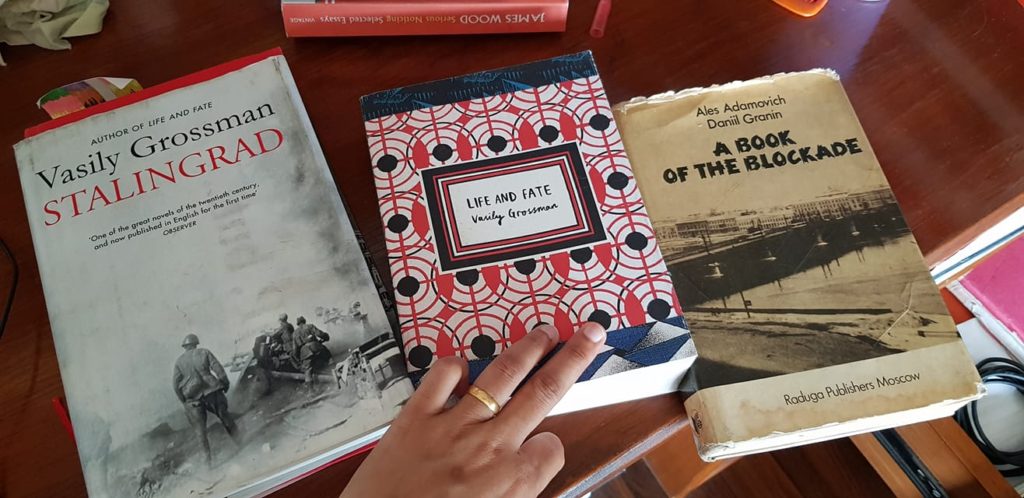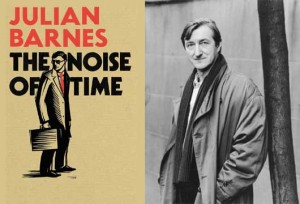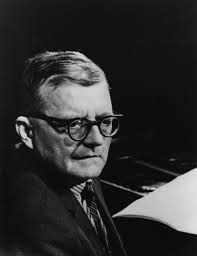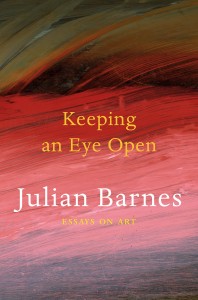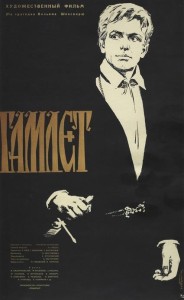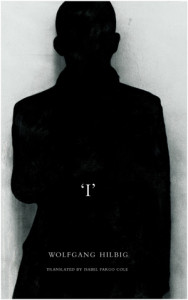Twenty-first century is being touted in publishing as the age of memoirs/biographies. Everyone has a story to tell. People always have. Now with technology making it “easier” for people to share their personal stories, there is a deluge of the “I, me, myself” stories. These shifts in telling narratives are impacting the texture of stories being told. But what continues to stand out are extraordinarily well-researched, brilliantly told, almost meditative narratives that focus upon the particular but persaude the reader to look beyond, to think, to reflect. Two such books that I read recently are: Hallie Rubenhold’s The Five: The Untold Lives of the Women killed by Jack the Ripper and Samanth Subramanian’s A Dominant Character: The Radical Science and Restless Politics of J.B.S. Haldane
Historian Hallie Rubenhold’s The Five: The Untold Lives of the Women killed by Jack the Ripper is a fascinating account of building together biographies of Jack the Ripper’s victims. The canonical five — Mary Jane Kelly, Catherine Eddowes, Mary Ann Nichols, Elizabeth Stride and Annie Clapman. For more than a hundred and fifty years it was firmly believed that these victims were prostitutes. With her impeccable research and marshalling of empirical evidence by scouring police records, newspaper clippings of the time, witness testimonies, reviewing of historical socio-economic and political facts and consistently making it available to the modern reader in an immensely accesible narrative, makes Hallie Rubenhold’s book a dream to read. It is packed with information. Each woman has a section devoted to her, giving a birth-to-death biographical account, neatly interspersed with explanations from contemporary accounts of what could be the rational explanation for the woman’s behaviour or what was a reaction to socio-economic conditions prevailing at the time. More importantly Hallie Rubenhold teases out from history the despicable attitudes towards women that probably contributed to the social downfall of these women, ultimately making them vulnerable to criminals such as Jack the Ripper. Interestingly enough, not once, does she ever give a graphic description of the body disovered at the crime scene or shares details of the autopsy reports. Instead there are a few photographs and illustrations tipped into the book along with a seemingly mundane list of the possessions found upon the women’s bodies. A list that in most cases highlights that these were extremely poor women. Nevertheless these women were careful about appearances as is evident from the list of grooming articles found upon their persons. What is truly remarkable is that The Five is not just a historian delving into the past and putting together bits and pieces of information to create a clear narrative, a short biography of the women victims but it is also an attempt to recover the dignity and respect that these women deserved. The only time Hallie Rubenhold betrays her fury is in the concluding paragraph of the book.
It is only by bringing these women back to life that we can silence the Ripper and what he represents. By permitting them to speak, by attempting to understand their experiences and see their humanity, we can restore to them the respect and compassion to which they are entitled. The victims of Jack the Ripper were never ‘just prostitutes’; they were daughters, wives, mothers, sisters and lovers. They were women. They were human beings, and surely that, in itself, is enough.
Hallie Rubenhold won the 2019 Baillie Gifford Prize for Non-fiction with The Five. It is a prize well deserved for historical research that unearths so many truths that were for so long masked in one-sided, most often imbued with patriarchal perspectives. It is modern day research arguing and bolstering every single observation about the victims by going far back in time and piecing it together meticulously. With The Five Hallie Rubenhold has done a great service not only for the five victims but also created a fresh way of looking at Victorian England and at historical research much in the way that Hobsbawm’s trilogy about the long nineteenth century did. ( Although Rubehold never cites Hobsbawm in her bibliography.) Revisting the past with the tools of the present to investigate and understand and get to the truth by assessing the facts for what they are rather than imposing one’s own modern judgements and reading. Read The Five. An immensely readable history book that reads like an astonishingly well-written nineteenth century novel.
Award-winning writer and journalist Samanth Subramanian’s biography of geneticist H.B.S Haldane has been long awaited. Every fortnight Samanth Subramanian also ran a podcast called The Intersection that melds culture, science and history in India. ( Shortly the backlist will be made available on Spotify. Worth listening to!) So it is no surprise that A Dominant Character: The Radical Science and Restless Politics of J.B.S. Haldane melds together cultural and historical contextual references along with Haldane’s scientific temperament. This is a biography that follows the classic definition of a biography of following step-by-step every major development of Haldane. Of course there is a sufficiently long preamble emphasising that Haldane was in many senses the product of the Victorian Age. His curiosity and asking innumerable questions was a trait very similar to that of his father, John Scott Haldane. Haldane Senior a physiologist was known to have gone on madcap experiments in the pursuit of science such as he entered, in the middle of the night, the crowded one-room tenements of slum dwellers where more than six or seven persons lay sleeping in a room holding a vial aloft to collect a sample of the air. Like his father, J.B.S. Haldane was not averse to experimenting upon himself. He had seen his father do it. He had also assisted his father in conducting these experiments such as checking the atmospheric pressure below water wearing a submarine suit. This methodology of self-experimentation became Haldane’s trademark. Some of his more outrageous experiments were to drink hydrocholoric acid or to enclose himself in an airtight space to monitor the effects of carbon dioxide in his blood stream — about which he complained bitterly for it having given him a terrible headache. Haldane was particularly gifted in being able to work with numbers. What comes through very clearly in this biography is that Haldane was known for his irascible temperament and did not suffer fools easily but was quite at peace absorbed in his world, fiddling with mathematical equations. For example Haldane estimated way back that the mutations in the haemophilia gene was equivalent to roughly one mutated nucleotide per 25 million. The full human genome contains roughly 6.4 billion nucleotides. In 2009, a study conducted by the Wellcome Trust Sanger Institute in England using sequencing technology showed that there is one mutated nucleotide per 30 million. Incredibly Haldane with his pen and paper scribbles and before the structure of the DNA had been discovered had come within spitting distance of what is now believed to be the true figure.
Haldane was extremely bright. He learnt to read at the age of three, and at four, after injuring his forehead he famously asked the doctor, “Is this oxyhaemoglobin or carboxyhaemoglobin?” And as is the case with exceptionally gifted children, they keep their adults on their toes. Haldane was no exception. He found his stability at home. His mother particularly was his anchor. Later he had his ups and downs with his educational institutions including Eton College. It was evident that he required understanding and sympathetic adults around him otherwise he would lose his keel. He had cleared the Eton entrance exams easily, topping the list of successful candidates in that year. Yet his grades began to take a sharp dip as he was bullied for what was perceived as arrogant behaviour. Later his circle of acquaintances in Cambridge recognised this rudeness as merely his impatience with those around him as Haldane was constantly needy for stimulating conversationalists. Fascinatingly his circle of friends included Julian Huxley, brother of writer Aldous Huxley. While he was young Haldane could be contained and his excessive amounts of energy were (mostly) constructively channeled. In his adulthood he was more or less a loose canon. Doing as he pleased as long as it enabled him to focus on his passion — his work. It did not make him very popular with many people but he did not really care. Perhaps it was this obstinate trait in him that enabled him to believe wholeheartedly in communism. So much so that Haldane’s blind faith in the ideology clouded his scientific temper to see the merit of biologist and plant breeder Nikolay Vavilov who fell victim to Stalin’s purges. Instead as Subramanian recounts in his splendid biography, Haldane in the battle of the geneticists in Stalinist Russia batted for Lysenko, a Stalin favourite, vs Vavilov, a true scientist. In 1943, Haldane was invited to participate in a BBC symposium on the Lysenko controversy. According to Subramanian, Haldane “delicately” handled Lysenko’s primary claim to fame, “the vernalization of wheat” even though it invalidated Haldane’s own research and went against everything that Vavilov had proven via his experiments.
There are many more details in Haldane’s extraordinary life such as being a possible spy, being followed by the MI5 ( the poor suffering agents had to sit through long lectures on the sex life of extinct fungi or a Science for Peace meeting). In 1956 Haldane left London to take up a job as the head of the biometry unit at the Indian Statistical Institute, Kolkata. This was when renowned mathematician P. C. Mahalanobis was the director. Haldane moved lock, stock and barrel to India believing that the country shared his socialist beliefs. After a run-in with Mahalanobis, Haldane moved to a newly established biometry unit in Orissa. He died due to cancer on 1 December 1964 and as a true scientist he donated his body for medical research and teaching.
Samanth Subramanian takes the art of writing a biography to a new level. Packed with information. Detailed, impeccable research, with plenty of end notes and a select biography which runs into a few pages of fine print. A Dominant Character seems to be the new kind of biography where you delve into data as much as you can to recreate a life on paper, with all the highs and lows of the person being chronicled and with no judgement on the part of the author. It is a presentation of facts. It is an interesting balance to achieve as it could not have been easy to put down on paper. In it there is something for everyone — the lay reader, the scientist, the historian, the geneticist, the science historian, researchers etc. It is a form of resurrection in popular forums that is bound to be influential for years to come. In fact it would be fascinating to hear a conversation between Samanth Subramanian and Dr Siddhartha Mukherjee on the science of writing biographies. Till then read A Dominant Character!
Biographies are a useful access route into a slice of history. Through the lens of the personal they enable readers to get their bearings of historical events. It is a pleasurable learning experience if these texts are authenticated by facts as is the case with these two remarkable books.
8 February 2020
